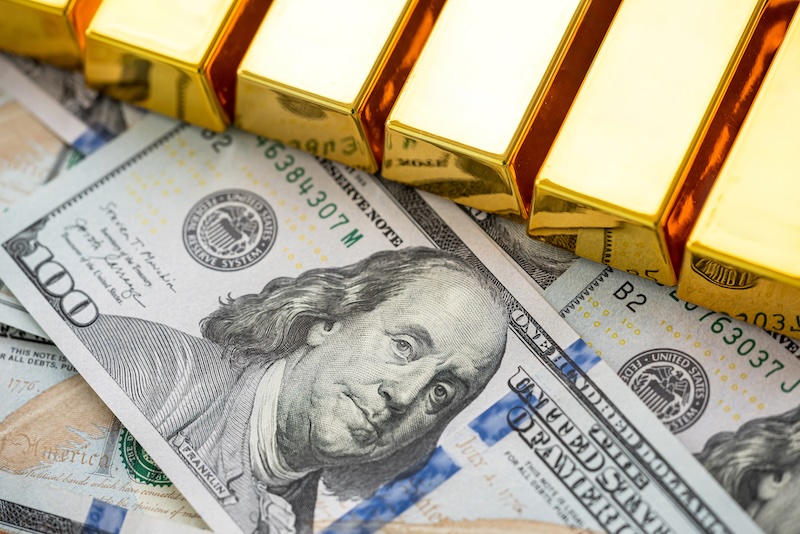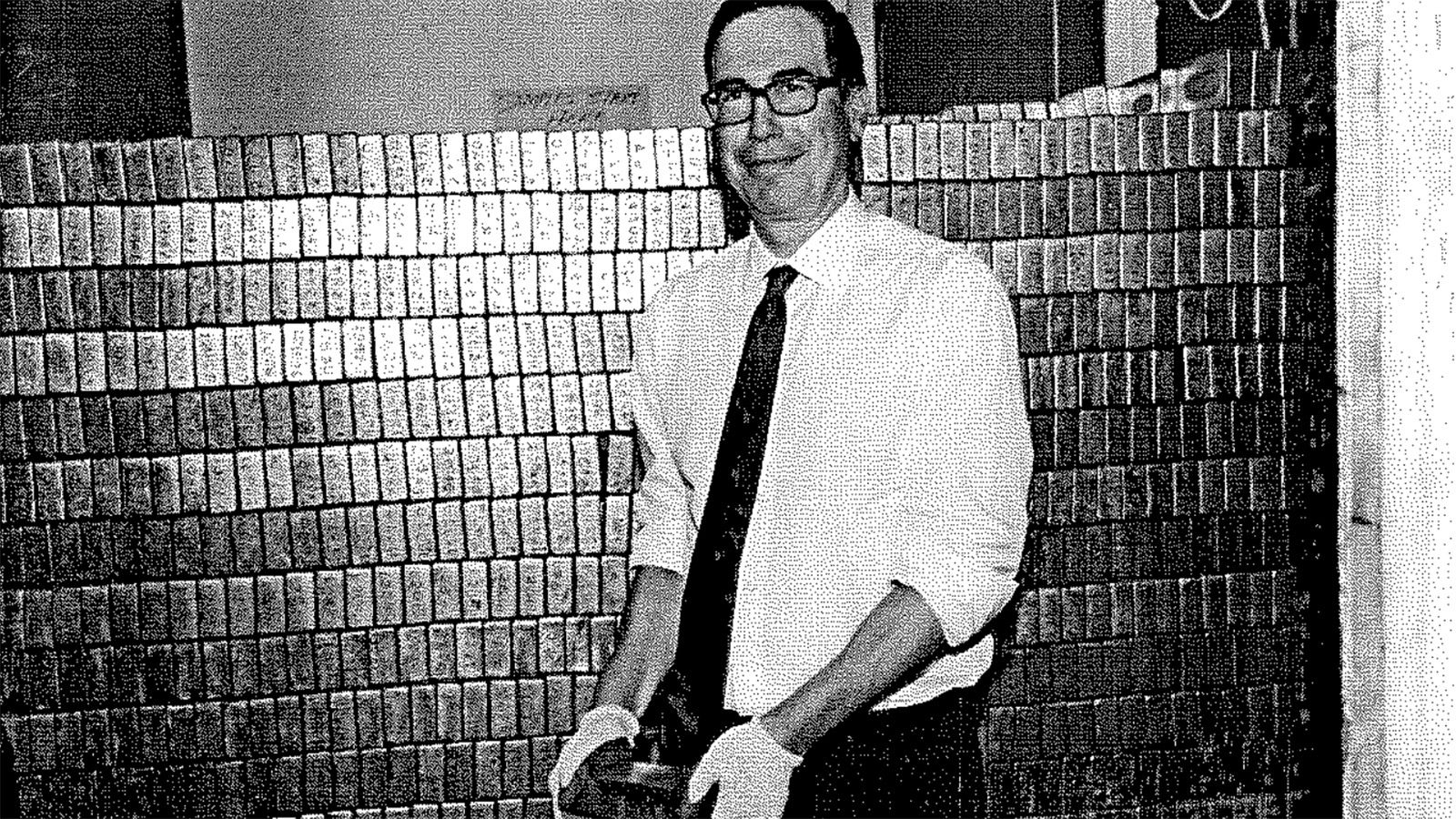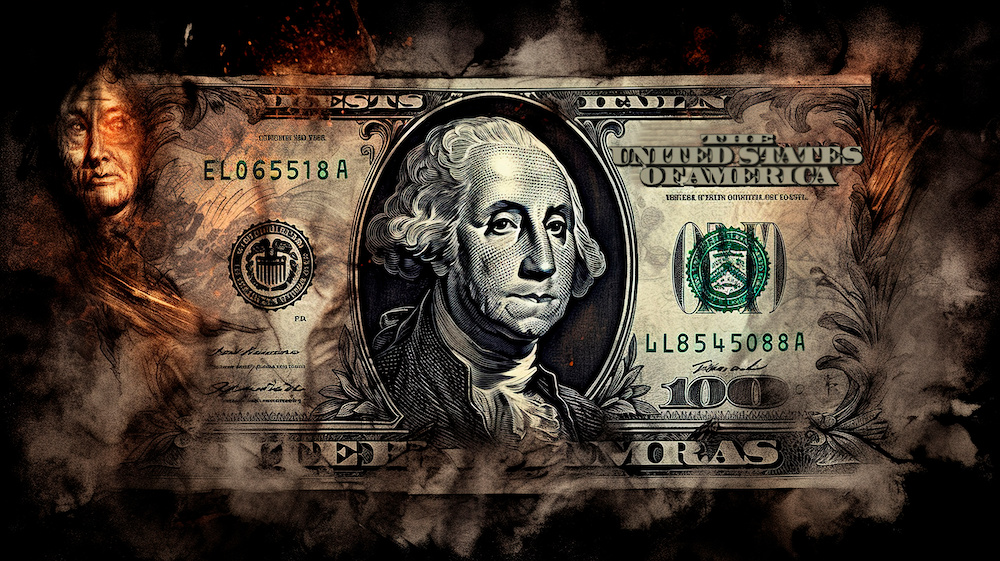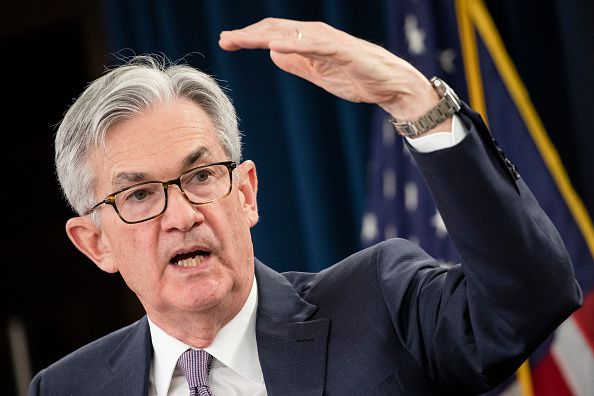As we look towards the future in 2025, the strategic use of gold by the BRICS nations as a pivotal aspect of economic policy represents a risk to the dollar in the global financial system. The United States should consider launching a gold-backed dollar to counter the announced BRICS Unit trade currency.
By mid-2024, the leading BRICS countries held approximately 5,700 tonnes of gold in their central banks, representing about 16% of global gold reserves.
Russia led at 2,340 tonnes, China at 2,260 tonnes, and India at 840.75 tonnes. This accumulation has pushed their control over 20% of the world’s gold reserves, highlighting a significant shift towards gold as a cornerstone of financial strategy.
Part of the discussion around the gold-backed “The Unit,” currency at the recent BRICS Summit suggests nations would adopt this as an alternative to the dollar. The BRICS gold-backed currency may be part of a basket of the member countries’ currencies.
The motivation behind this strategy is clear: de-dollarization, to reduce dependency on the US dollar and bolster their own financial stability.
Unlike fiat currencies, gold cannot be printed at will. Central Bank gold buying will likely continue, increasing demand and prices in 2025, as many industry analysts predict.
The Need for a Gold-Backed Dollar
The United States faces a critical juncture in maintaining its economic influence on the global stage. Adopting a gold-backed dollar isn’t just about returning to traditional monetary practices; it’s about adapting to the world becoming increasingly multipolar.
The US risks losing its status as the world’s primary reserve currency if it does not adapt. A gold-backed dollar could reassert America’s financial reliability and attractiveness for international trade and investment.
Expansive monetary policies by the Federal Reserve during the COVID-19 era has caused significant inflation in recent years. A gold standard would limit the Fed’s ability to print money at will and inflate the currency supply.
A gold-backed dollar would be a tangible, universally accepted asset and signals a commitment to global investors that the US is committed to fiscal responsibility.
As BRICS nations diversify away from the dollar, a gold-backed dollar could be an effective counter-strategy, to increase dollar demand in global markets.
State Initiatives on Gold and Silver Legal Tender
The movement towards recognizing gold and silver as legal tender has gained momentum, with eleven states already having some formal recognition.
- Utah was one of the first states to pass the Utah Legal Tender Act in 2011, which recognized gold and silver coins as legal tender.
- Oklahoma followed with legislation in 2022, allowing for the use of gold and silver in transactions.
- Arizona has passed laws enabling the use of gold and silver in taxation and as legal tender.
- Wyoming, Arkansas, and Missouri have also enacted laws to recognize gold and silver as currency, with varying degrees of implementation.
Gold-Backed Dollar Could End The Federal Reserve
A gold-backed dollar would involve pegging the U.S. dollar’s value to a fixed amount of gold. Under a gold standard, the amount of money the Federal Reserve can print is directly tied to the nation’s gold reserves, limiting the ability to engage in expansive monetary policies and reduce the ability to manipulate the money supply.
With a gold standard, the Federal Reserve would have a diminished role in setting interest rates. Instead of being dictated, rates would be more market-driven based on the supply and demand for gold and credit.
For a gold-backed dollar to be instituted, Congress would need to pass laws that could include dismantling or fundamentally reshaping the Federal Reserve.
Former US Congressman Ron Paul continues to be a leading voice in the sound money movement and has championed dismantling the Federal Reserve. Paul has long criticized the Fed for its role in currency devaluation and inflation.
While still marginal, the movement to end the Federal Reserve is gaining legislative traction. The Federal Reserve Board Abolition Act (H.R. 8421), introduced by Rep. Thomas Massie (R-KY) in May 2024 seeks to abolish the Board of Governors of the Federal Reserve System and the Federal Reserve Banks, effectively repealing the Federal Reserve Act of 1913.
Additionally, the H.R. 25 – FairTax Act has already been reintroduced in the 119th Congress (2025-2026). It proposes to repeal the income tax and other taxes, abolish the IRS, and replace these with a national sales tax administered primarily by the states. This bill aims to promote freedom, fairness, and economic opportunity.
Sen. Bernie Moreno (R-OH) introduced the External Revenue Services Bill on January 21, 2025 that aims to establish the new agency focused on administering and collecting tariffs on imported goods. This new legislation has several components that include repurposing funds originally allocated to the IRS for hiring 80,000 more agents.
Why You Should Invest in Physical Gold
Analysts from leading Wall Street banks, including Goldman Sachs, are forecasting significant increases in gold prices. Based on factors like high central bank demand, anticipated U.S. interest rate reductions, and increased geopolitical tensions, analysts believe the 1 oz gold price could reach $3,000 per ounce by early 2025, there’s a clear potential for substantial returns.
Also, gold has long been valued as a hedge against inflation and economic instability. Given the current economic climate, with concerns over federal debt and potential for a recession, gold provides a safe haven to preserve wealth.
Issued by the U.S. Mint, American Eagle Gold Coins are among the most recognized and trusted gold coins in the world. The U.S. government guarantees their weight, content, and purity.
Each coin is composed of 22-karat gold, which is 91.67% pure gold, with the rest being alloyed for durability. They come in various denominations, with the 1-ounce coin being the most sought after for investment.
The American 1 oz Gold Eagle has a face value of $50 for the 1-ounce coin. With the current face value designation, one gold-backed dollar would be equivalent to 1/50th of a troy ounce. If the gold price were to hit $3,000 per ounce in 2025, that would make each gold-backed dollar worth $60 in Federal Reserve Notes.
If this were to happen, existing debts in FRN would become cheaper to pay off using gold-backed dollars. However, bank accounts holding FRN would see their wealth diminish in real terms unless they convert to gold or gold-backed dollar.
Given the bullish outlook for gold in 2025, with prices already approaching new all-time highs, American Eagle Gold Coins represent a prime opportunity for investment.





